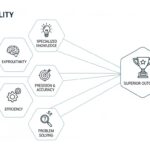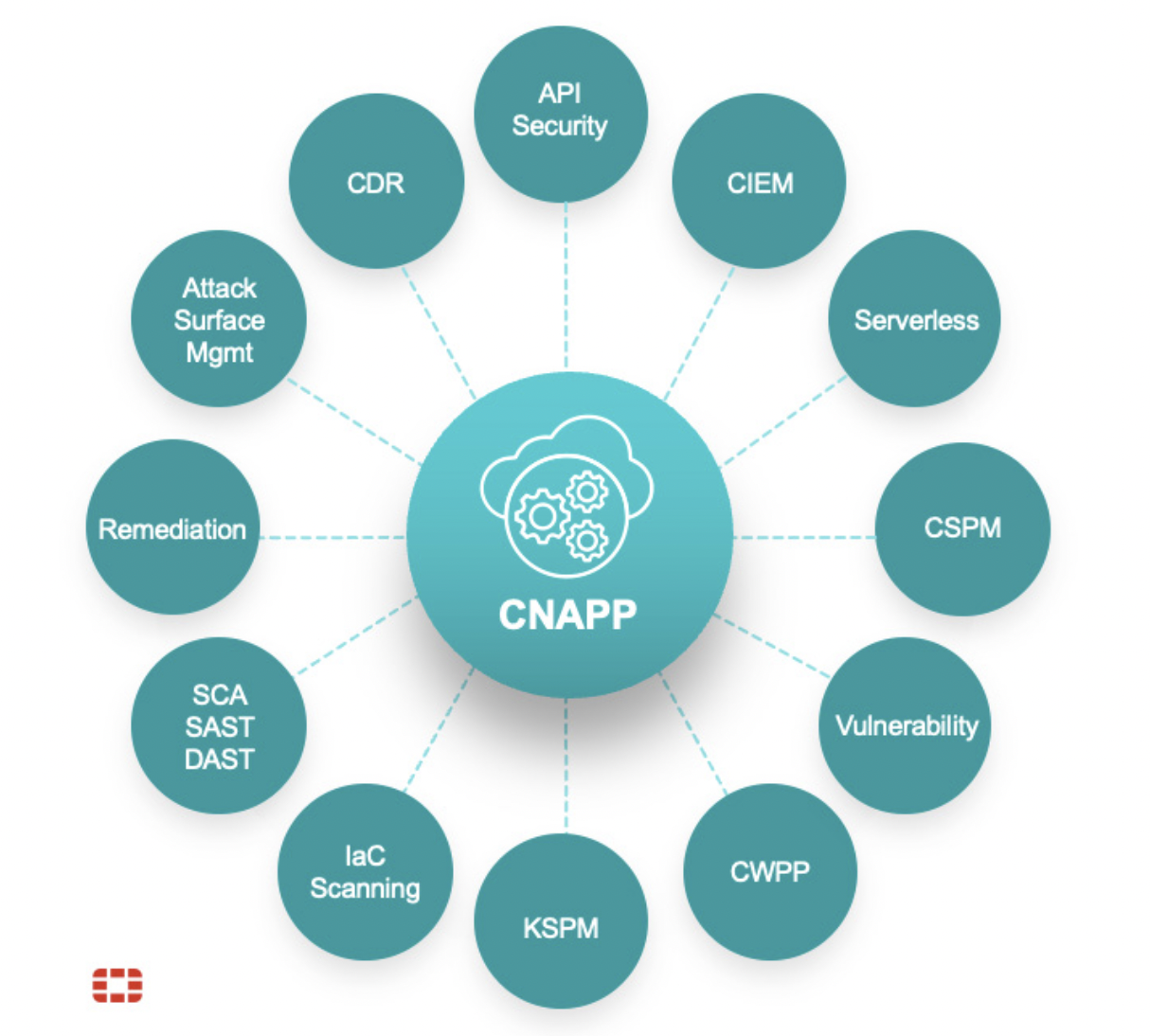From the artist – “I make objects that behave like bodies. Teasing out the slippery relationship between desire, intimacy and power, these sculptural bodies are non-binary. They shift and meld into different categories, questioning what is masculine and feminine, plant and animal, cultural and natural.”
There are certain places in the USA and in the World, which are known for art and artist. There’s this pressure to gravitate to one of the big cities to “Make it”. As an artist, I’ve found so many opportunities, funding, community and growth in states that aren’t known for the arts. So, I’m curious to hear about your experiences. As an artist who studied in Texas and Missouri, what has been your experience making in The South and being part of the art culture and how do you see this Big City/ Artist Stereotype pressure?
This is a question that a lot of artists I know are asking themselves. I think there is absolutely a pressure to move to an art mecca, and while I think that there’s something to be said for being physically located in New York or LA (as they have so many resources due to their size and their status as cultural capitals), I also think the internet allows us to live and work pretty much anywhere.
In terms of my own experiences, I’ve found both Texas and Missouri to be very supportive places. To be fair though, Houston is a big city. It’s is the fourth largest city in the US and the most ethnically diverse metropolitan area in the nation. We have world-class museums, a solid cultural economy, and growing support for artists who live and work here. We also have a relatively low cost of living. All these things are so important for fostering a healthy arts community, but in order to do that it’s important that artists stay and build those communities. Houston has a lot of potential, and that played a major part in my decision to return home after grad school.
So I grew up in the South, (North West Arkansas) and I’m curious if you feel like any aspect of Southern Culture has shaped your art making? Since your work involves subjects surrounding the body, gender, and sexuality; have you experienced any negative cultural push back from the more conservative southern culture? Or has this culture incited a great moment of intrigue?
The ideas in my work aren’t particularly regional. That said, I’m reminded of Simone de Beauvoir’s infamous theory, “One is not born, but rather becomes, a woman.” So while I don’t believe that southern culture shapes my work, I was certainly shaped by the South—and my southern, white, female identity is therefore embedded within what I do. The South absolutely has a certain conservative mythology to it, but I haven’t experienced negative push back in an outright way. Challenging perceptions of the body, sex, normativity, and even pleasure does make some people uncomfortable, but the fact that those taboos exist is part of why I do what I do. Has it affected my acceptance into exhibitions or my access to grants? Perhaps. But I’ll never know for sure.
In your statement you speak about “defining the idea of body”. Can you talk about how your works explore or blur these body boundaries? (Take one or two pieces and give us insight into this process through their creation)
In my work, humans, animals, plants, materials and even sculptures all possess a “body.” Part of the reason I view my work this way is because bodies aren’t static, one-dimensional entities. As a culture, we fall back on arbitrary binary structures as a way to order and understand our surroundings. But I’m interested in teasing out what’s grey and messy between those binaries, specifically concerning what is masculine and feminine, human and animal, cultural and natural. So sometimes these sculptural bodies gracefully exist across several binaries; sometimes they’re a little awkward and uncomfortable to try and name; and other times, they lean decidedly toward one end of the binary spectrum.
For instance, I have an ongoing series of small sex-safe silicone sculptures that I affectionately call “dicklettes.” Though these soft pinkish forms are cast from roots and fruit, they read as phallic, clitoral, and teat-like to someone with a phallus, clitoris, and/or teat. But regardless, they are still very much vegetal. It’s all relative to the viewer. So I like to imagine that a carrot would look at them and see a soft, pinkish carrot.
Anyway, the dicklettes are displayed tucked into corners and nestled against larger sculptures. They appear sporadically, growing across the exhibition space like a rhizomatic plant. And once you realize that they are specifically cast from a body-safe silicone used in the sex toy industry, that knowledge adds yet another layer to the idea of body.
Materials are so important to your work. Sex-Safe Silicone appears in most of your work 2014 to 2016. Can you talk to me about how this material became part of your practice and why it has persisted as such an integral material?
I get super excited and inspired by materials. They can be extremely seductive. In my practice, what I qualify as a material can often be seen as non-traditional. I’m open to all sorts of unusual things if they are conceptually applicable to the work. I look for materials that are culturally relevant, but that also have the potential for subversion. I’m drawn to when my materials are somewhat uncomfortable visually, especially when they hit that sweet spot between what’s familiar and what’s strange.
What is the relationship between your Drawings and Sculptures? What do you get out of the experience of working on paper that isn’t satisfied through sculpture or vice versa?Ha! Well my studio practice is pretty much an exercise in dominance and submission. To that end, I’d say that the relationship between my drawings and my sculptures is all about varying levels of control in the studio. For the most part, I’m a pretty anal person. I enjoy order, which is probably a big part of why I’m interested in power structures. Anyway, my object-making practice is mostly deliberate and structured. Over the years though, I’ve worked to relinquish some control in the studio, which has mostly manifested in my drawings. I get that it’s an arbitrary decision, but it’s allowed me to loosen up a bit.
I should mention though that I actually don’t work on paper. Rather, I draw directly on silk fabric, mostly using makeup pigments, oil paint, graphite, and prismacolor. That’s obviously very controlled. But once my drawing is done, I then submerge it into a super saturated salt bath where crystals slowly grow into the silk fibers overtime. This is the part I can’t really control. The salt invariably creates it’s own patterns across the drawings, and it’s never the same. I just watch the work come into itself and hopefully recognize when it’s done.
You speak about your materials having characteristics. “When I arrange objects, I think of them as acting out situational relationships in slivered moments of time. They become predator and prey, lover and beloved, dominant and submissive. They slip in and out of meanings, allowing for difference, claiming their contradictory desires.” I’ve also noted that in “Masturbatory Exercises: Archiving Our Intimacies” you worked collaboratively with a partner to talk about relationship and self. Can you speak more to how this plays with situational relationships?
So for Masturbatory Exercises: Archiving Our Intimacies, my husband and I wrote down intimate moments we’ve shared onto sheets of paper that we handmade together. We coated the writings with sex-safe silicone, folded them in on themselves to maintain a sense of privacy, stacked them on top of one another (like skin touching skin), and placed them in a protective glass and silicone cloche. It was a beautiful, introspective process for us, but it was also weird and humorous. I think the title reflects that.
We chose Masturbatory Exercises because even just the thought of creating a public work based on our private relationship felt deeply masturbatory and maybe even a bit self-important. I mean… the phrase “stroking the ego” comes to mind, right? But on a more critical note, the title also references the pleasure that we both shared by creating something just for us individually, which is masturbatory in the most basic sense.
As far as Preserving My Desire, it’s essentially a collection of lace panties that I sewed by hand and preserved in salt—much like the process of curing meat. So to me, that act of sewing and preserving my own lingerie gave me aesthetic control over how I present my body, but also enabled me to preserve moments in time. Or more specifically, to preserve pleasure. Of course though, there’s a sort of dominance in that act of preservation, and even more so in the act of displaying them in a way that recalls drying animal skins, hunting trophies, and butterfly collections.
All this is to say that you’re absolutely right in your reading of the work. That’s definitely part of it. I’m deeply interested in how we gender the power of sexuality and desire. Who is encouraged to possess this power? How do we publicly enact control and dominance through the body? In Preserving My Desire, I’m thinking about the pleasure of power through conquest, the relationship between hunting and sex, and the potential for formalism to operate as a sort of dominance. I’m asking how can we visualize sexual power and pleasure in a less gendered way.I was looking at “Desiring Sterilizing Desiring”, which made me think about trying to stifle our sexual urges but it also made me think about the stigma surrounding female artists who are also mothers. Was any of that resonating with you when you created this piece? Or was something else?I’ve actually been thinking a lot about motherhood lately and all the stigmas that come with it, especially in the arts. I wasn’t thinking directly about that when I made this piece, but it absolutely lives in there somewhere. To give some background, to make Desiring Sterilizing Desiring, I collected seeds from ten different plant species that are consumed for their aphrodisiac properties. The seeds are encased in silicone and suspended above a UV-C light, which is a short-wavelength ultraviolet radiation used to sterilize controlled environments.
So now that we’ve cycled around to artist/ mothers, your own mother is an artist. Not only that, but there is some aesthetic similarities between your work. What was your experience going up with an artist as a mother and how did this influence your own career? Do you talk often and foster each other’s artistic growth? Also, what does your father do?
My mom and I are very close. We are in and out of each other’s studios a lot and I think we definitely overlap in some of our aesthetic. Sometimes I wonder how much of that is genetic and how much is due to the fact that it’s kind of hard not to rub off on each other when you’ve been making work around each other for so long. We edit each other’s exhibition and grant proposals (and most likely these questions!) and build each other back up when things get tough in the studio or there’s a particularly depressing rejection letter in the mail.
I have a lot of projects in the works, but I’m most excited about a series of stop-motion dicklette films and photographs. I’m also working on a large installation with deer antlers that emerge from sex-safe silicone mounts like plant seedlings or teeth cutting through gums. I’ve really been delving more into fleshing out the relationship between hunting and sex, so I’m excited to see where it all leads.This winter, I’m in a three-person exhibition here in Houston at Lawndale Art Center entitled Play it as it Lays, curated by José Garza and featuring works by Gillian Tobin and Marie Bannerot McInerney.










